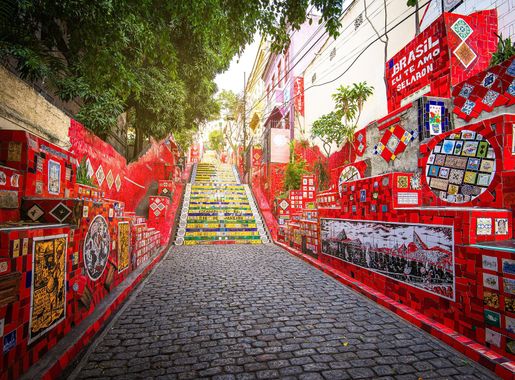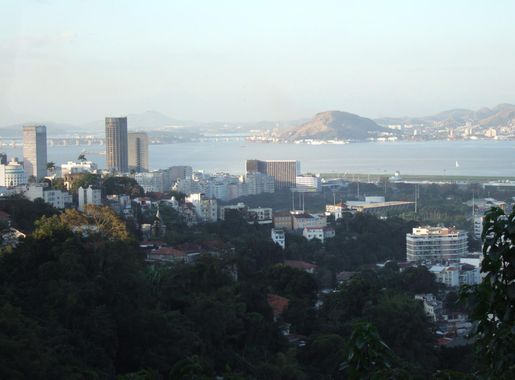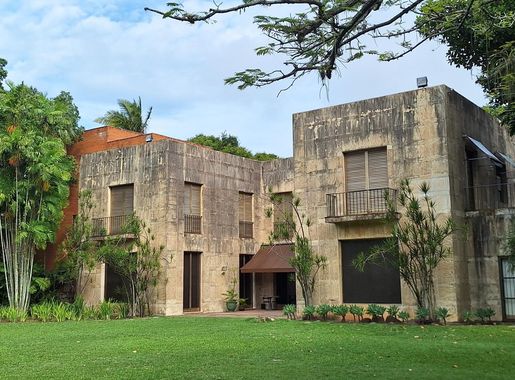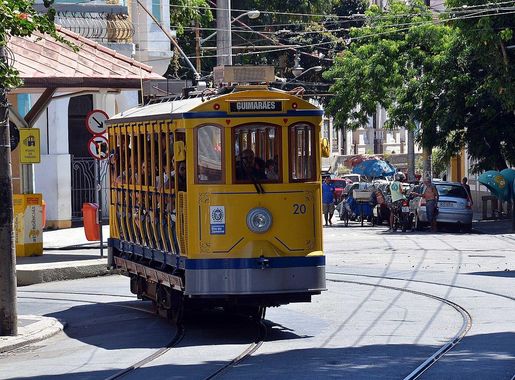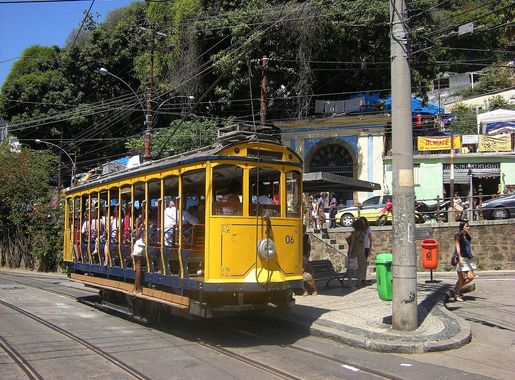
Santa Teresa: The Bohemian Heart of Rio de Janeiro
Discover the bohemian charm of Santa Teresa in Rio de Janeiro, where art, culture, and history intertwine in a picturesque hillside neighbourhood.
Nestled atop the hills of Rio de Janeiro, Santa Teresa is a charming neighbourhood that exudes an enchanting blend of bohemian spirit, colonial-era architecture, and vibrant street art. This area is a favourite among artists, musicians, and free spirits, making it a cultural hub that offers a unique experience away from the bustling beaches of Rio. Wandering through Santa Teresa's narrow, winding streets, visitors will be greeted by beautifully preserved mansions that date back to the 19th century, now transformed into quaint boutiques, art studios, and cozy cafes. The neighbourhood's relaxed vibe is perfect for leisurely strolls, allowing tourists to soak in the artistic atmosphere and discover hidden gems at every turn. One of the highlights of Santa Teresa is the famous Escadaria Selarón, a colourful mosaic staircase created by the Chilean artist Jorge Selarón. This iconic landmark is a testament to the neighbourhood's artistic soul and provides a perfect photo opportunity. Additionally, the views from Santa Teresa are simply breathtaking, offering panoramic vistas of downtown Rio and the picturesque Guanabara Bay. Santa Teresa also hosts several cultural festivals throughout the year, showcasing the best of Brazilian music, dance, and arts. Whether you're looking to explore local art galleries, enjoy live samba performances, or simply relax in a charming cafe, Santa Teresa promises an unforgettable experience filled with creativity and charm.
Local tips in Santa Teresa
- Wear comfortable shoes; the cobblestone streets and hills can be challenging.
- Visit the Escadaria Selarón early in the morning to avoid crowds.
- Try the local feijoada at one of the traditional restaurants.
- Take a ride on the historic Santa Teresa tram for a scenic tour.
- Check out the local art galleries and studios for unique souvenirs.
Santa Teresa: The Bohemian Heart of Rio de Janeiro
Nestled atop the hills of Rio de Janeiro, Santa Teresa is a charming neighbourhood that exudes an enchanting blend of bohemian spirit, colonial-era architecture, and vibrant street art. This area is a favourite among artists, musicians, and free spirits, making it a cultural hub that offers a unique experience away from the bustling beaches of Rio. Wandering through Santa Teresa's narrow, winding streets, visitors will be greeted by beautifully preserved mansions that date back to the 19th century, now transformed into quaint boutiques, art studios, and cozy cafes. The neighbourhood's relaxed vibe is perfect for leisurely strolls, allowing tourists to soak in the artistic atmosphere and discover hidden gems at every turn. One of the highlights of Santa Teresa is the famous Escadaria Selarón, a colourful mosaic staircase created by the Chilean artist Jorge Selarón. This iconic landmark is a testament to the neighbourhood's artistic soul and provides a perfect photo opportunity. Additionally, the views from Santa Teresa are simply breathtaking, offering panoramic vistas of downtown Rio and the picturesque Guanabara Bay. Santa Teresa also hosts several cultural festivals throughout the year, showcasing the best of Brazilian music, dance, and arts. Whether you're looking to explore local art galleries, enjoy live samba performances, or simply relax in a charming cafe, Santa Teresa promises an unforgettable experience filled with creativity and charm.
Iconic landmarks you can’t miss
Escadaria Selarón
Explore the vibrant mosaics of Escadaria Selarón in Rio de Janeiro, a stunning display of color and cultural diversity in a historic neighborhood.
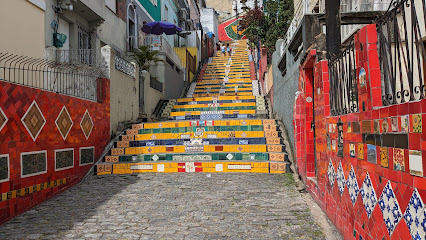
Parque das Ruínas
Discover Parque das Ruínas in Santa Teresa, a cultural center offering stunning views, artistic events, and a glimpse into Rio's vibrant heritage.
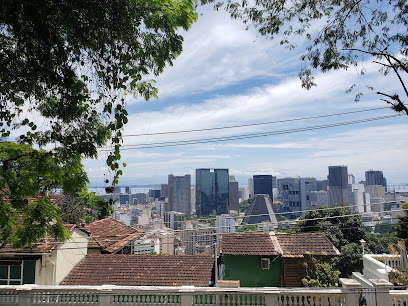
Environmental Protection Area of Santa Teresa
Explore the Environmental Protection Area of Santa Teresa, where nature meets culture in the heart of Rio de Janeiro's vibrant landscape.

Mirante do Rato Molhado
Experience stunning panoramic views and vibrant local culture at Mirante do Rato Molhado in Rio de Janeiro's charming Santa Teresa neighborhood.
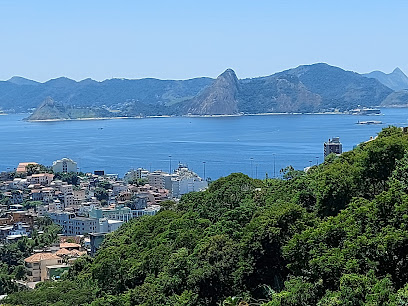
Museu da Chácara do Céu
Explore the artistic treasures and serene gardens of Museu da Chárcara do Céu in Santa Teresa, Rio de Janeiro, a cultural oasis for every traveler.
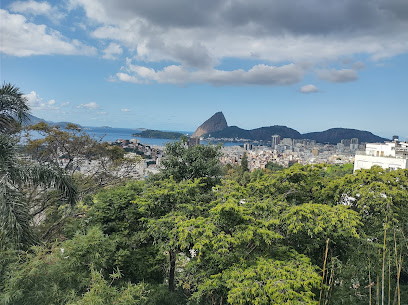
Mirante do Curvelo
Experience the stunning views of Rio de Janeiro from Mirante do Curvelo, a scenic spot in Santa Teresa offering breathtaking panoramas and local charm.

Benjamin Constant House Museum
Explore the Benjamin Constant House Museum in Santa Teresa, Rio de Janeiro – a historical treasure surrounded by lush gardens and captivating stories.
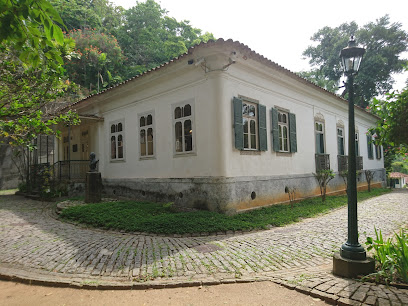
Mirante dos Prazeres
Explore Mirante dos Prazeres in Rio de Janeiro for stunning panoramic views of the city, perfect for photography and relaxation amidst vibrant surroundings.
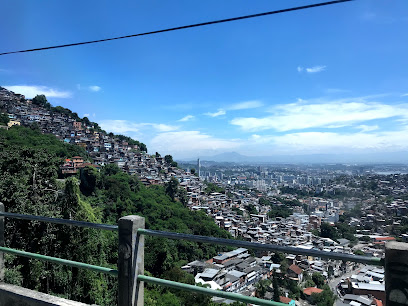
Largo das Neves
Experience the lively atmosphere and artistic charm of Largo das Neves in Santa Teresa, a must-visit destination in Rio de Janeiro.
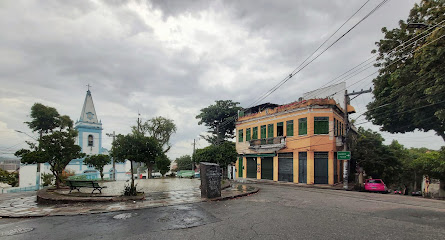
Ladeira Frei Orlando
Discover the vibrant culture and breathtaking views of Ladeira Frei Orlando, a historical landmark in the heart of Santa Teresa, Rio de Janeiro.
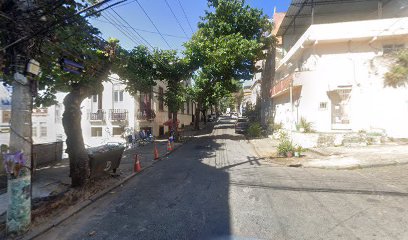
casa de show
Explore the historical Casa de Show in Santa Teresa and immerse yourself in the artistic culture of Rio de Janeiro, where history and creativity converge.
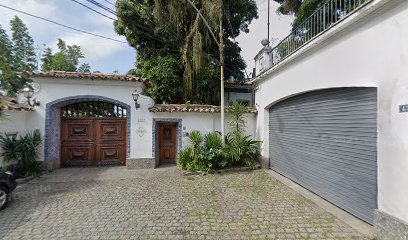
Unmissable attractions to see
Arcos da Lapa | Aqueduto da Carioca
Discover the iconic Arcos da Lapa, a stunning aqueduct in Rio de Janeiro, surrounded by vibrant culture, nightlife, and unforgettable experiences.
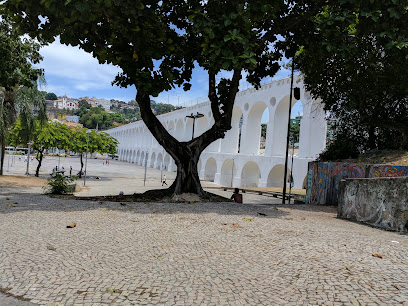
Station of Santa Teresa trams
Discover the enchanting Santa Teresa Trams in Rio de Janeiro, a captivating journey through vibrant culture and stunning landscapes.
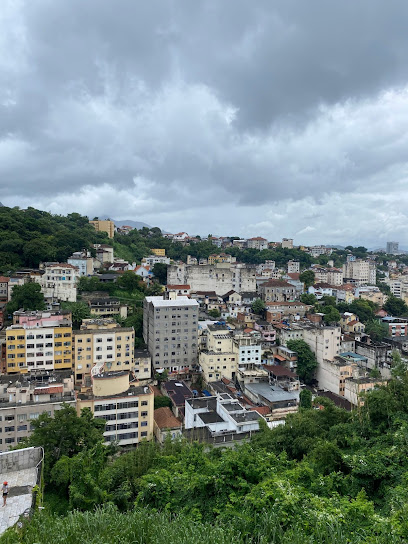
Largo do Curvelo
Explore the beauty and culture of Largo do Curvelo, a scenic spot in Santa Teresa, offering stunning views and a taste of Rio's vibrant arts scene.
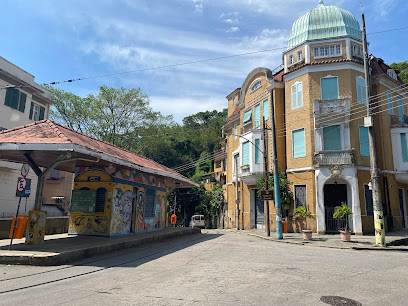
Environmental Protection Area of Santa Teresa
Explore the stunning Environmental Protection Area of Santa Teresa, a nature preserve in Rio de Janeiro offering breathtaking views, rich biodiversity, and cultural experiences.

Largo dos Guimarães
Explore the vibrant Largo dos Guimarães, a cultural hub in Santa Teresa, Rio de Janeiro, filled with art, cuisine, and scenic views.
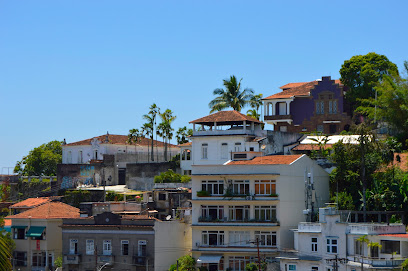
Benjamin Constant House Museum
Discover the Benjamin Constant House Museum in Santa Teresa, a historical treasure offering insights into Brazil's rich cultural heritage.
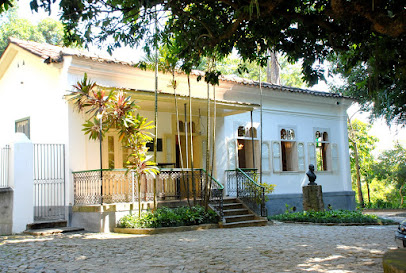
Largo das Neves
Explore the serene beauty of Largo das Neves in Santa Teresa, Rio de Janeiro – a cultural hub filled with art, history, and charming local life.
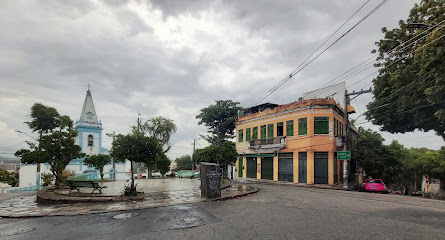
Santa Teresa - RJ
Experience the artistic charm and vibrant culture of Santa Teresa, Rio de Janeiro, with its stunning views and lively atmosphere.
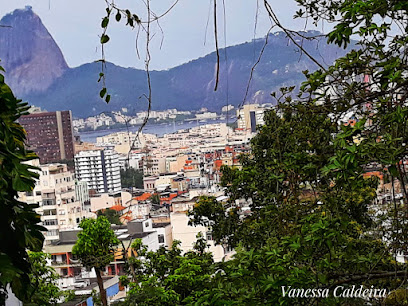
Essential places to dine
Aprazível
Discover Aprazível: A breathtaking Brazilian restaurant in Santa Teresa offering stunning views and authentic flavors.
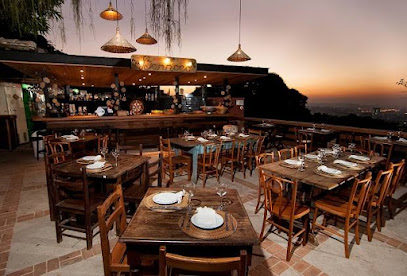
Bar do Mineiro
Savor traditional Brazilian dishes amidst the vibrant atmosphere of Santa Teresa at Bar do Mineiro – where culture meets flavor.
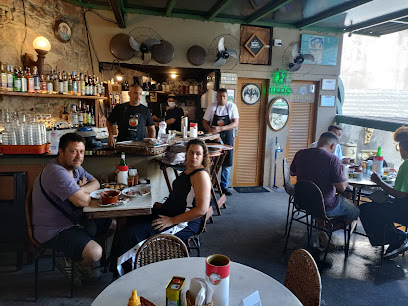
Café do Alto
Experience authentic Brazilian cuisine at Café do Alto in Santa Teresa, where every meal is a celebration of culture and flavor.
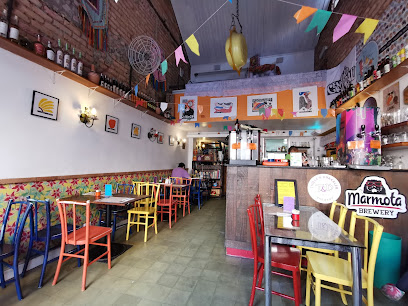
Térèze
Experience the vibrant flavors of Nuevo Latino cuisine at Térèze in Santa Teresa - where tradition meets innovation.
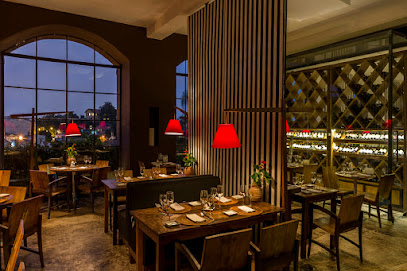
Portella Bar e Restaurante - Santa Teresa / RJ
Experience the rich culinary traditions at Portella Bar e Restaurante in Santa Teresa, where every dish tells a story.
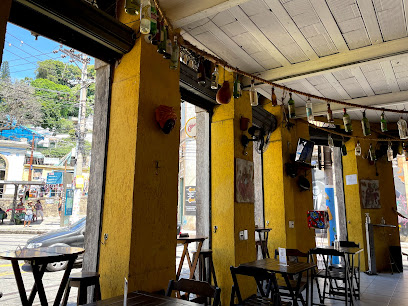
Bonde Boca
Discover Bonde Boca in Santa Teresa: where Brazilian cuisine meets vibrant culture in a warm and welcoming atmosphere.
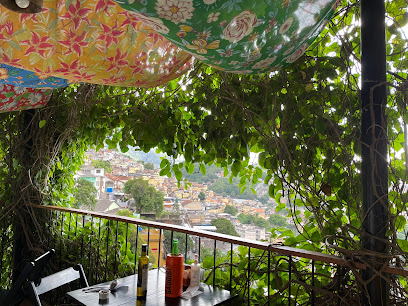
Adega do Pimenta
Discover Adega do Pimenta: A delightful fusion of German cuisine and Brazilian charm in the heart of Santa Teresa.
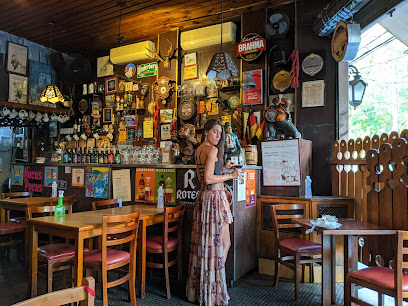
Restaurante Sobrenatural
Experience exquisite seafood at Restaurante Sobrenatural in Santa Teresa, where fresh ingredients meet Brazilian culinary artistry.

Restaurante Cantina do Gaucho
Experience authentic Brazilian cuisine at Restaurante Cantina do Gaucho in Santa Teresa - where tradition meets flavor.
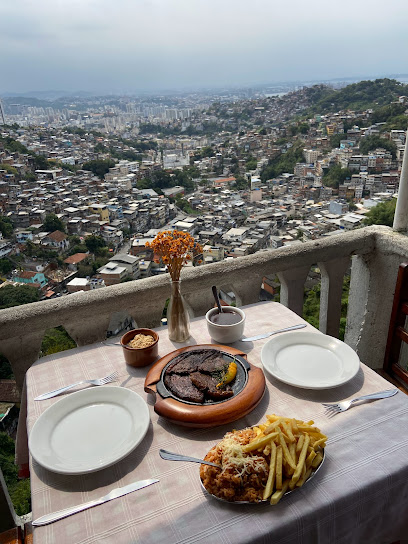
Esquina de Santa Cafeteria & Pizzaria
Experience authentic Italian pizza and aromatic coffee at Esquina de Santa Cafeteria & Pizzaria in charming Santa Teresa.
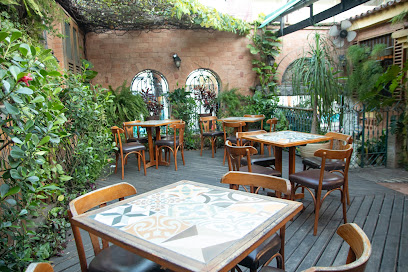
Markets, malls and hidden boutiques
La Vereda
Explore La Vereda in Santa Teresa, where artistic souvenirs and local crafts come together in a vibrant shopping experience.

Largo das Letras
Discover Largo das Letras, a charming café and bookstore in Santa Teresa, Rio de Janeiro, where literature and coffee unite in a cozy atmosphere.

Fênix
Discover Fênix in Santa Teresa, Rio de Janeiro – a stylish women's clothing store celebrating Brazilian fashion and creativity.
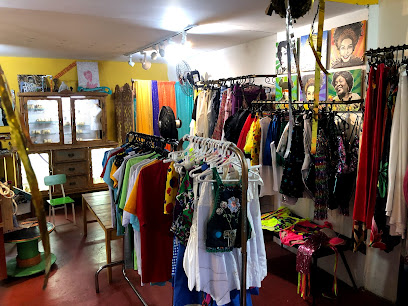
Lolô Chic
Explore the vibrant styles of Lolô Chic in Santa Teresa, where fashion meets the colorful essence of Rio de Janeiro.
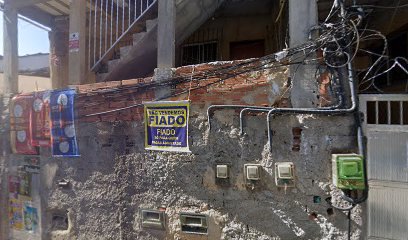
Zambê
Explore Zambê in Santa Teresa for a unique shopping experience filled with local crafts, quirky souvenirs, and the vibrant spirit of Rio de Janeiro.
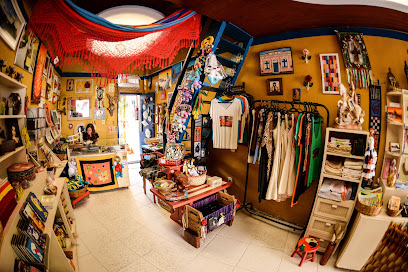
Criando Moda Rio
Discover unique fashion and local craftsmanship at Criando Moda Rio, a must-visit clothing store in Santa Teresa, Rio de Janeiro.

Coisas de Santa
Explore the heart of Santa Teresa at Coisas de Santa, where vibrant local crafts and authentic souvenirs await your discovery.
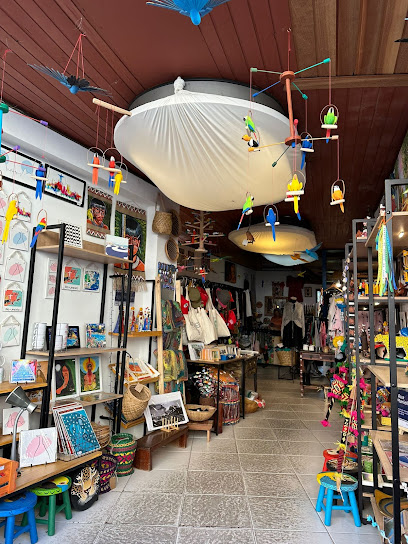
bazar do vt
Explore the enchanting Bazar do VT, a hidden gem in Santa Teresa, offering exquisite perfumes that embody the essence of Brazilian culture.

Cave Mode Store
Explore unique fashion and local artistry at Cave Mode Store in the heart of Santa Teresa, Rio de Janeiro.
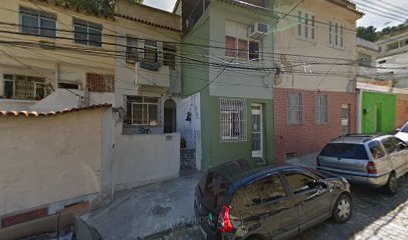
Lica chic
Discover unique Brazilian fashion at Lica Chic, a stylish clothing store in the artistic neighborhood of Santa Teresa, Rio de Janeiro.

Essential bars & hidden hideouts
Bar do Mineiro
Experience the vibrant flavors and lively atmosphere of Bar do Mineiro, a quintessential spot in Santa Teresa, Rio de Janeiro.
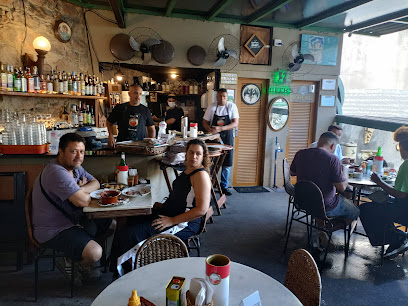
Explorer Bar
Discover vibrant nightlife at Explorer Bar in Santa Teresa, Rio de Janeiro, where innovative cocktails and live music create unforgettable experiences.
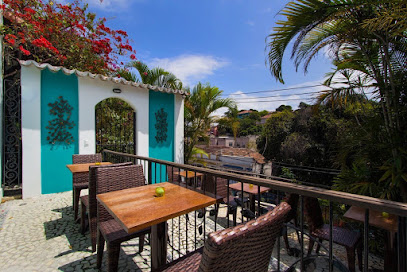
Bar Armazém São Thiago - Santa Teresa
Experience the vibrant nightlife at Bar Armazém São Thiago in Santa Teresa, where delicious cocktails and local culture come together.
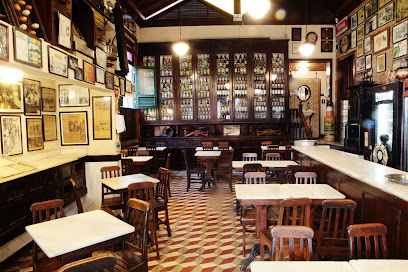
Bar do Serginho
Discover the essence of Brazilian nightlife at Bar do Serginho, where vibrant culture meets delicious flavors in the heart of Santa Teresa.
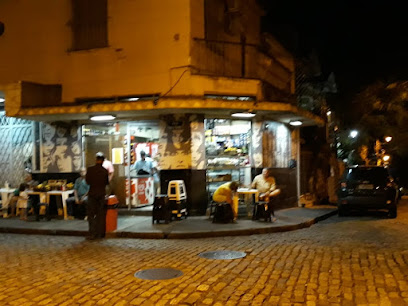
Bar Simplesmente
Discover the vibrant cocktails and lively atmosphere of Bar Simplesmente, a charming bar in Santa Teresa, Rio de Janeiro, perfect for a night out.
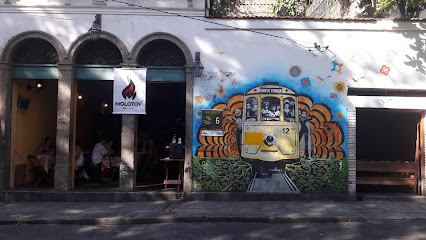
Casa Nossa Lounge
Experience the vibrant culture of Rio at Casa Nossa Lounge, a lively bar and restaurant nestled in the charming Santa Teresa neighborhood.
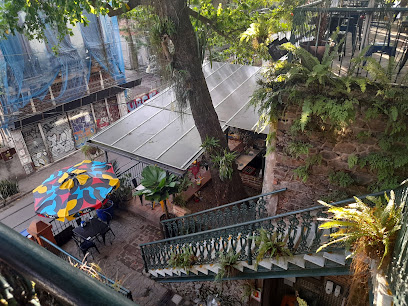
Bar dos Descasados
Discover the vibrant atmosphere of Bar dos Descasados in Santa Teresa, a bar that embodies Rio's artistic spirit with delicious cocktails and stunning views.

Bar da Fatinha
Experience the vibrant local culture at Bar da Fatinha in Santa Teresa, a cozy bar offering authentic drinks and a lively atmosphere.

Bar da Mônica
Discover the vibrant nightlife at Bar da Mônica, a cocktail bar in Santa Teresa offering innovative drinks and a lively atmosphere.

Bar Do Bira
Discover the vibrant atmosphere of Bar Do Bira, a charming pub in Santa Teresa, offering local brews and a taste of Rio's nightlife.
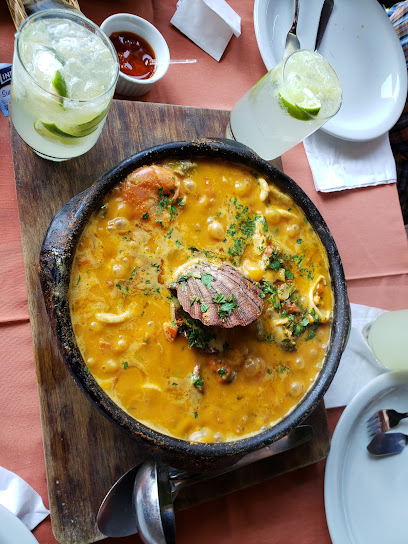
Local Phrases
-
- HelloOlá
[oh-lah] - GoodbyeTchau
[chow] - YesSim
[seem] - NoNão
[now] - Please/You're welcomePor favor/De nada
[por fah-vor/deh nah-dah] - Thank youObrigado/Obrigada
[oh-bree-gah-doh/oh-bree-gah-dah] - Excuse me/SorryCom licença/Desculpe
[kohm lee-sen-sah/dehs-kool-peh] - How are you?Como vai?
[koh-moh vah-ee] - Fine. And you?Bem. E você?
[beng/em voh-seh] - Do you speak English?Você fala inglês?
[voh-seh fah-lah een-gleh-s] - I don't understandEu não entendo
[eh-oo now en-ten-doh]
- HelloOlá
-
- I'd like to see the menu, pleaseEu gostaria de ver o cardápio, por favor
[eh-oo goh-stah-ree-ah deh veh ooh kahr-dah-pee-oh/por fah-vor] - I don't eat meatEu não como carne
[eh-oo now koh-moh kahr-neh] - Cheers!Saúde!
[sah-oo-deh] - I would like to pay, pleaseEu gostaria de pagar, por favor
[eh-oo goh-stah-ree-ah deh pah-gahr/por fah-vor]
- I'd like to see the menu, pleaseEu gostaria de ver o cardápio, por favor
-
- Help!Socorro!
[soh-koh-roh] - Go away!Vá embora!
[vah ehm-boh-rah] - Call the Police!Chame a polícia!
[shah-meh ah poh-lee-see-ah] - Call a doctor!Chame um médico!
[shah-meh oom meh-dee-koh] - I'm lostEstou perdido/perdida
[eh-stoh pehr-dee-doh/pehr-dee-dah] - I'm illEstou doente
[eh-stoh doo-ehn-teh]
- Help!Socorro!
-
- I'd like to buy...Eu gostaria de comprar...
[eh-oo goh-stah-ree-ah deh kohm-prahr] - I'm just lookingEstou só olhando
[eh-stoh soh oh-lahn-doh] - How much is it?Quanto custa?
[kwahn-toh kooh-stah] - That's too expensiveIsso é muito caro
[ee-soh eh mwee-toh kahr-oo] - Can you lower the price?Você pode baixar o preço?
[voh-seh poh-deh bahy-shahr ooh preh-soh]
- I'd like to buy...Eu gostaria de comprar...
-
- What time is it?Que horas são?
[keh oh-rah-s sah-oh] - It's one o'clockÉ uma hora
[eh oo-mah oh-rah] - Half past (10)Dez e meia
[dehz eh meh-ee-ah] - MorningManhã
[mahn-yah] - AfternoonTarde
[tahr-deh] - EveningNoite
[noy-chee] - YesterdayOntem
[ohn-tehm] - TodayHoje
[oh-zhee] - TomorrowAmanhã
[ah-mahn-yah] - 1Um
[oom] - 2Dois
[doh-ees] - 3Três
[trehs] - 4Quatro
[kwah-troh] - 5Cinco
[seen-koh] - 6Seis
[says] - 7Sete
[seh-teh] - 8Oito
[oy-toh] - 9Nove
[noh-veh] - 10Dez
[dehz]
- What time is it?Que horas são?
-
- Where's a/the...?Onde fica...?
[ohn-deh fee-kah] - What's the address?Qual é o endereço?
[kahl eh oo ehn-deh-reh-soh] - Can you show me (on the map)?Você pode me mostrar (no mapa)?
[voh-seh poh-deh meh moh-strahr/noo mah-pah] - When's the next (bus)?Quando é o próximo (ônibus)?
[kwahn-doh eh oo proh-kssee-moh/ohn-ee-boos] - A ticket (to ....)Um bilhete (para ....)
[oom beel-yeh-tee/pah-rah]
- Where's a/the...?Onde fica...?
History of Santa Teresa
-
Santa Teresa's history began in the late 19th century, emerging as a residential neighborhood for the city's elite during Brazil's colonial period. The area was characterized by its charming streets, lush gardens, and impressive mansions, which were built in a variety of architectural styles, including Art Nouveau and Neo-Gothic, reflecting the affluence of its early inhabitants.
-
Over the years, Santa Teresa has evolved into a cultural melting pot, attracting artists, musicians, and intellectuals. The neighborhood became known for its bohemian lifestyle, which flourished particularly in the early 20th century. The presence of cultural institutions such as the Museu Chácara do Céu and the Parque das Ruínas has cemented Santa Teresa's reputation as a vibrant artistic hub within Rio de Janeiro.
-
The Santa Teresa tramway, known as the Bondinho, was inaugurated in 1896, providing a scenic route from the downtown area to the heights of Santa Teresa. This tramway not only facilitated transportation but also contributed to the neighborhood’s identity. It became an iconic symbol of the area, connecting residents and visitors alike to its picturesque views and cultural landmarks.
-
In the late 20th century, Santa Teresa faced significant challenges, including urban decay and crime. However, community efforts and cultural events, such as the Santa Teresa Jazz Festival, have revitalized the area. The neighborhood has seen a resurgence in tourism, bringing new life to its historic streets and fostering a renewed appreciation for its cultural heritage.
-
Today, Santa Teresa is recognized for its historical significance, with numerous initiatives aimed at preserving its unique architecture and cultural landscape. The neighborhood's distinct character is celebrated through various festivals and cultural events, which highlight its artistic traditions and encourage local engagement. This ongoing commitment to preservation reflects the community's pride in its rich history and cultural legacy.
Santa Teresa Essentials
-
Santa Teresa is easily accessible from various neighborhoods in Rio de Janeiro. From downtown (Centro), you can take the Santa Teresa tram (bondinho), which offers a scenic route through the hills. Alternatively, you can take a taxi or rideshare service, which is convenient and relatively affordable. Buses also connect Santa Teresa to other areas, with lines such as 012 and 014 operating frequently from locations like Lapa and Botafogo.
-
Santa Teresa is a hilly neighborhood best explored on foot. The Santa Teresa tram is a charming way to get around and see the sights. Bicycles can be rented from local shops, and cycle lanes are available in some areas. Taxis and rideshare services are also available for longer distances or if you prefer not to walk uphill.
-
While Santa Teresa is generally safe for tourists, certain areas have higher crime rates, particularly at night. It is advisable to avoid isolated streets and alleyways after dark. Areas near Parque das Ruínas and some sections along the tram route may have increased risks. Always keep an eye on your belongings and be cautious of pickpockets in crowded areas.
-
In case of an emergency, dial 190 for police assistance or 192 for medical emergencies in Brazil. Local hospitals and clinics are available, with the nearest major hospital being Hospital Municipal Souza Aguiar in downtown Rio. It is recommended to have travel insurance that covers medical emergencies. For minor health issues, pharmacies are located throughout Santa Teresa.
-
Fashion: Do wear comfortable clothing and shoes suitable for walking on hilly terrain. Don't wear flashy jewelry or display expensive items. Religion: Do respect local customs, especially when visiting churches. Cover your shoulders and avoid shorts in religious sites. Public Transport: Do be polite and give up your seat for elderly passengers. Don't eat or drink on public transport. Greetings: Do greet locals with a friendly 'Olá' and a smile. Avoid being overly loud or intrusive. Eating & Drinking: Do enjoy local specialties at neighborhood eateries. Don't drink tap water; opt for bottled water instead.
-
To experience Santa Teresa like a local, visit the vibrant Feira de Santa Teresa, a monthly arts and crafts fair. Engage with local artists and musicians, as the neighborhood is known for its artistic community. Explore the winding streets and take photos of the colorful murals and street art. Don't miss out on the local bars and restaurants where you can taste traditional Brazilian cuisine and enjoy live music.
-
Santa Teresa is rich in cultural experiences. Visit the Museu Chácara do Céu, which showcases Brazilian art and offers stunning views of the city. Attend local festivals and events, especially during Carnival when the neighborhood comes alive with parades and music. Participating in a samba class or local cooking class can also provide a deeper understanding of the culture.
-
The best time to visit Santa Teresa is during the dry season, from May to October, when the weather is cooler and more pleasant for exploring. However, the neighborhood is lively year-round, with various cultural events taking place. Consider visiting during the Carnival season in February or March for an unforgettable experience.
Nearby Cities to Santa Teresa
-
Things To Do in São Paulo
-
Things To Do in Florianópolis
-
Things To Do in Brasília
-
Things To Do in Foz do Iguaçu
-
Things To Do in Puerto Iguazú
-
Things To Do in Hernandarias
-
Things To Do in Salvador
-
Things To Do in Encarnacion
-
Things To Do in Villarrica
-
Things To Do in Carmen del Parana
-
Things To Do in San Bernardino
-
Things To Do in Ypacarai
-
Things To Do in Aregua
-
Things To Do in Asuncion
-
Things To Do in Tacuarembó

